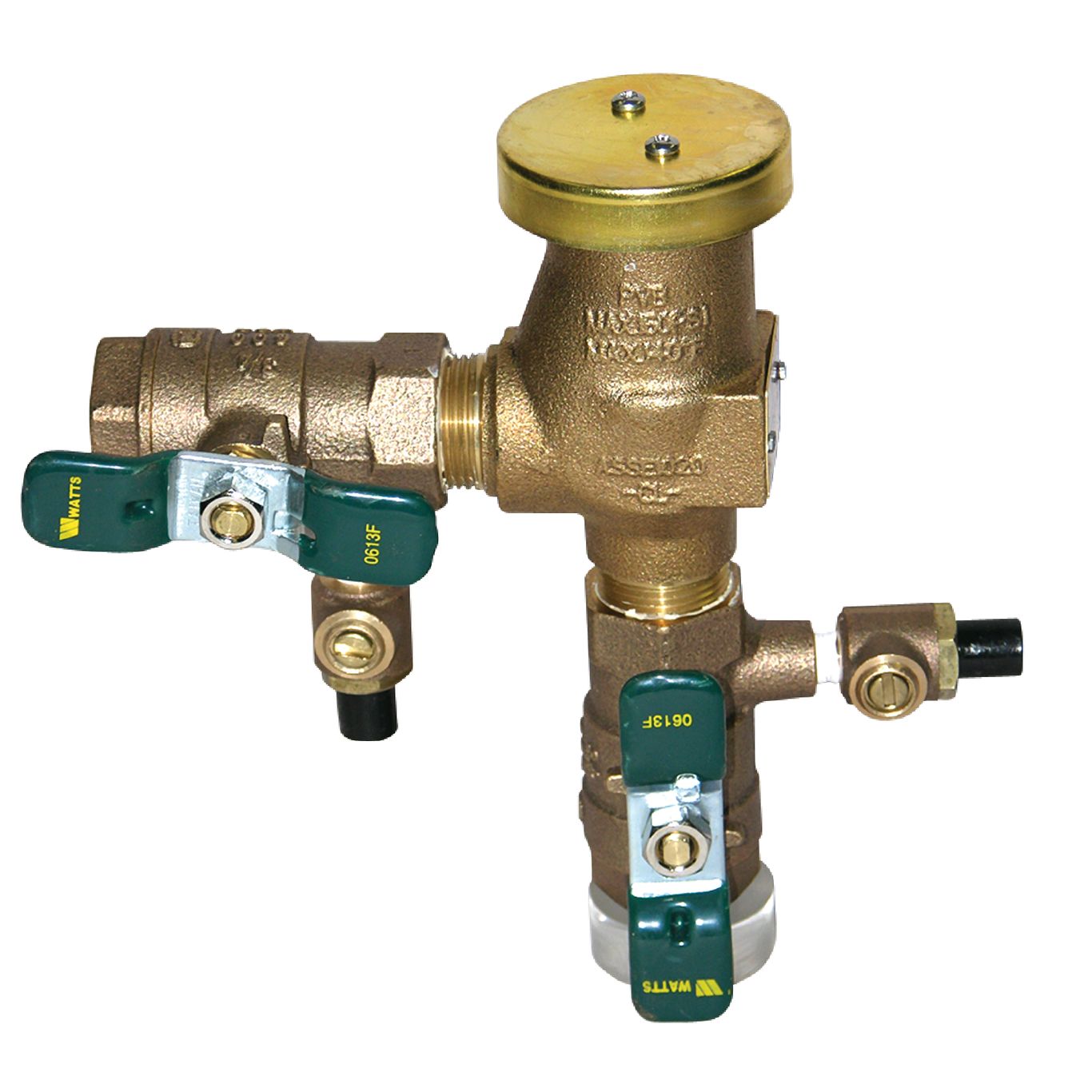All You To Know About Spill Resistant Pressure Vacuum Breaker (SVB)
What is Spill Resistant Pressure Vacuum Breaker (SVB)
A pressure-type vacuum breaker (PVB) backflow prevention assembly has one check valve that is closed by force loading and a vent valve in the air inlet that is opened by force loading. This vent valve is opened to the atmosphere and positioned downwards of the check valve in PVB. However, the spill-resistant type vacuum breaker (SVB) is basically the advanced version of simple PVBs. SVBs got evolved because of the spillage caused in basic PVBs. SVBs have innovative designs that are basically used to avoid the water spillage caused in PVB exhibiting during the start-up of the system. Thus, SVBs can be installed indoors since the air inlet closes before the check valve opens.
How does it work?
Most of building infrastructure require the usage of backflow prevention devices in all their potable water management systems. These devices are crucial since contamination of the water supply can have long-term harmful effects. The spill-resistant pressure vacuum breaker or SVB’s outlet and inlet ports are shut off. It also has a check valve, an air inlet valve, a bleed screw, and a single test cock.When the water enters it, the air inlet closes before the check valve opens. This is done by having a lighter loading than the check valve.
Features of SVB
These are designed for installation on both indoor and outdoor use applications that can thus protect against the backsiphonage of contaminated water into the water supply. During the startup and operation of a separate diaphragm, it seals the air inlet from the water supply, thus preventing spillage. The assembly is designed for usage under constant pressure and can provide protection at the time of potential health hazards. These must be installed at least 12’’ above the highest outlet on the system and cannot be used with chemigation. It should be installed vertically and the inlet should be at the bottom. Also, it should not be installed in applications where there is potential for backpressure. They are often used in chemical dispensers and must also be mounted above downstream outlets.
How is it different than other Backflow Preventers?
The physical difference between SVB and other backflow preventers is that SVB has only a single test cock along with a vent valve while others such as PVB have two test cocks. Internally, the SVB has a diaphragm under its air inlet valve and also a stronger check valve than PVB. In the case of installation criteria, the two backflow assemblies have a similar procedure, however, SVB is primarily designed for indoor installations.

Why is SVB the best Choice for Backflow Prevention?
Backflow can be caused due to a sudden drop in water pressure in the main potable supply. This negative pressure can cause a siphoning effect that flows backwards in pipes, also termed “back- siphonage”. Therefore, prevention becomes very important for the safety of all the stakeholders using the water systems. Usually, there is the same water system for drinking water, household usage, and irrigation due to which there is always a high-risk of contaminants passing through the cross-connections caused. Hence, Spill-Resistant Pressure Vacuum Breaker becomes crucial for protecting our valuable water systems. Also, there is another advantage that regular maintenance is minimal for an SVB. It can be installed where it can be tested and repaired easily.
We use SVB devices that meet the requirements laid out by the AWWA Standard for Spill Resistant Pressure Vacuum Breaker Backflow Prevention Assembly (ASSE 1056, CSAB64.1.3) and approved by labs sanctioned by the Conference of State Sanitary Engineers.
You can call us for the installation of backflow prevention assembly services as well as repair services. We have a team of experts who can offer you unmatchable services at a reasonable cost. Call us at a given number and book now.
